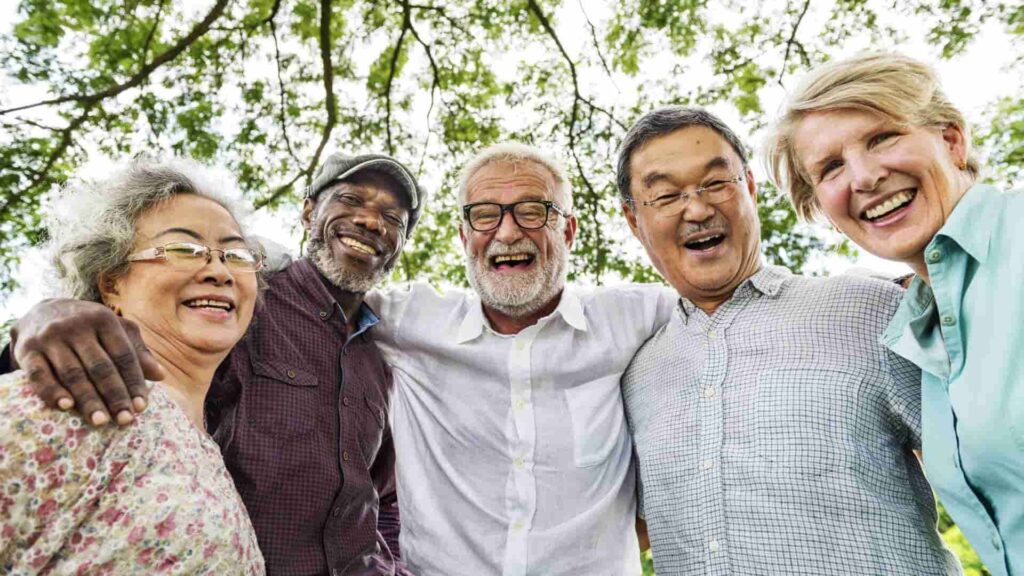Have you heard of the Blue Zones? These are places in the world where people live to the age of 100 at ten times the rate of the average population. They live longer and healthier lives.
What secrets do they know that helps them age well?
Aging researcher Dan Buettner traveled the world in the early 1990s to find the answers.
Where are the Blue Zones?
Buettner and his colleagues from the National Institute on Aging and National Geographic identified four distinct Blue Zones:
- Sardinia, Italy
- Okinawa, Japan
- Loma Linda, California
- Nicoya Peninsula, Costa Rica
Research in the Blue Zones shows lifestyle is the key to aging well, and that family history and genetics are only responsible for about 25% of longevity. There are 9 Blue Zone lifestyle factors you can adopt to age well. Let’s dive into them!
Lifestyle Lessons Learned from the Blue Zones
- Physical activity: Blue Zone residents engage in physical activities they find personally enjoyable, and in most instances, that doesn’t mean spending hours a day at the gym. Instead, residents incorporate fitness activities such as walking, biking, hiking, swimming, and gardening into their daily lives.
- Plant-based diet: People in the Blue Zones pay close attention to their diet. Most follow a plant-based diet that is rich in fruits, vegetables, beans, legumes, nuts, olive oil, and whole grains. This Mediterranean style diet is linked to lower incidences of heart disease.
- Hara Hachi Bu: This phrase means you should eat only until you are no longer hungry. In most western cultures, people eat until they are full. While it seems like a minor distinction, the calorie gap between the point where you are no longer hungry and the point when you feel full is what helps prevent weight gain and obesity.
- Slower pace: Chronic stress is part of everyday life in many western cultures. It is linked to a variety of illnesses such as cardiac disease, obesity, and diabetes. Adopting a simpler, slower paced lifestyle can help you enjoy a better quality of life.
- Positivity: Maintaining a positive outlook on life is another key to aging well. Avoiding negative thoughts and teaching yourself to look on the bright side of difficult times can help you age with success.
- Purpose: Having clearly defined priorities and goals allows people to not sweat the small, unimportant stuff. This sense of purpose results in lower rates of stress which can help you prevent or delay illness.
- Relationships: Staying connected and involved with family and close friends is a priority in the Blue Zones. Close relationships help people live longer, more meaningful lives.
- Red Wine: Many people who live in the Blue Zone enjoy a glass of red wine each day. Some health experts say the resveratrol in red wine decreases the chronic inflammation in the body that is linked to illness and disease.
- Spirit: People who nurture their spirit experience lower rates of heart disease, depression, obesity, and suicide. It doesn’t have to be an organized form of religion, either. Research shows the body’s natural immunity seems to be stronger in people who have an internal belief system that guides their daily life.
You can test your lifestyle by taking the True Vitality Test. It will use your personal behaviors to predict your health and longevity. The results are confidential and will identify opportunities for improving your health and well-being.
Interested in learning more about aging well?
Download The Secrets to Aging Well. This guide produced by Vitality Senior Living will help you explore more of the secrets of super agers from around the globe.




